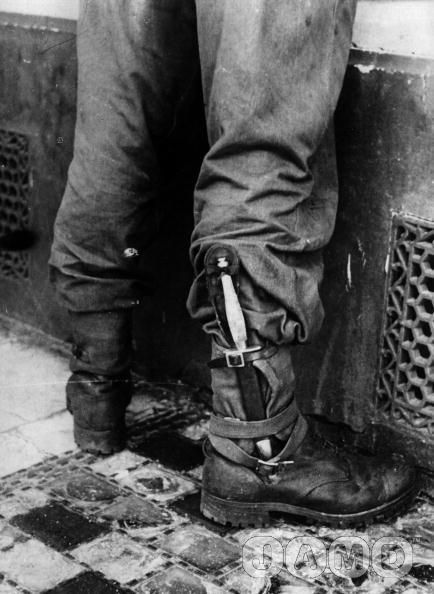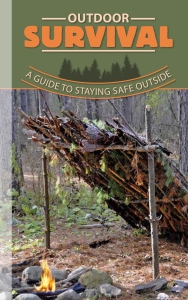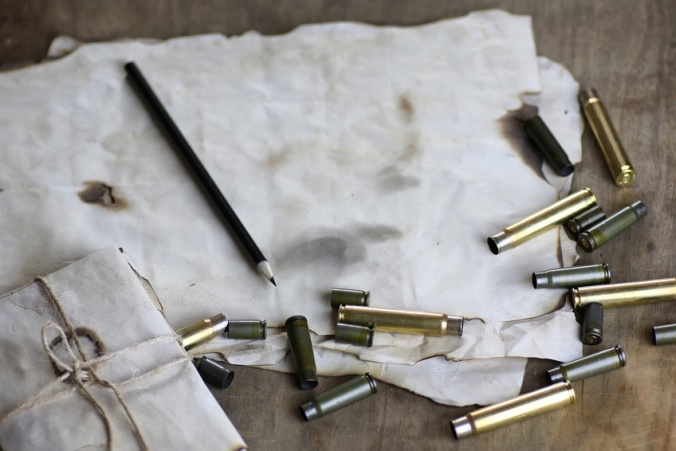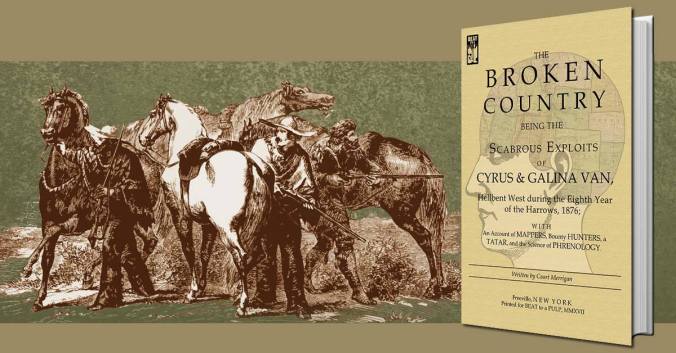Keep This Site Alive! Try Writer’s Block Coffee®
Looking For A Little Help
I originally built this site to support the release of The Writer’s Guide to Weapons back in 2015 (Writer’s Digest Books). That morphed into regular blog posts, which in turn brought more than 600,000 people to this site. I kept the content free because I enjoy helping people, and I like plugging into the writing community at large.
About two years ago, I stopped making regular posts due to other commitments, but I decided to keep this website up and running. While I’m happy to do so, keeping the lights on costs me time and money. Rather than grovel through a Patreon campaign, I’ve decided to take a different route.
Simply Put: Like This Site? Buy My Coffee
That about sums it up.
I started Writer’s Block Coffee® last year, and it’s been doing very well ever since. It’s a specialty coffee subscription with a literary bent. It’s made from the top 5% of coffee beans on Earth, and every purchase supports a literacy non-profit.
It also, of course, supports me, and therefore helps me maintain this website. I’ll be honest here: there isn’t much bandwidth left in my life for this site. But with a little help from you, I’ll be in a better spot for keeping things running.
Here’s What I Need You To Do
- Go to the Writer’s Block Coffee® website
- Sign up for a new coffee subscription.
- Enter discount code FIFTY at checkout. You’ll save 50% on your first bag.
If you like the coffee, I’ll continue to send it to you. You’re free to cancel the subscription at any time.
If you don’t enjoy the coffee, I’ll refund your entire purchase. No questions asked.
Thank You
Thanks for the time, and thank you in advance if you take me up on the coffee. I really appreciate it.
Click here to go to the Writer’s Block Coffee® website.
~Ben
What’s the Best Boot Knife for a Post-WWII NYC Detective?
Note from Ben: While I haven’t posted a new article in some time here, I will share interesting questions as they come in from time to time. I have no intentions of shuttering this site. It and the accompanying book are here as resources for writers.
Also, I’ve got a new, non-fiction outdoors survival book out today. I’m sure there’s no correlation whatsoever.
Question
I’d like your advice on selecting a knife for a character in a historical detective novel. It’s set in 1948 in NYC, but I’m not particularly worried about knife laws. (My P.I. takes an “easier to ask for forgiveness than permission” approach to weapons laws in general.)
I’m aiming for a fixed blade knife he keeps strapped in a sheath on his ankle as a last resort/surprise defense weapon. His skill level is intermediate; a knife isn’t his go-to, but he knows how to use it. The F-S, KA-BAR, and Randall Model 1 you list in your guide all seem like nice (and iconic) choices, but given the overall length of about a foot plus the sheath, I’m not sure if they’d be too bulky for a guy that spends a lot of time on foot.
I realize I could just write around it and say he’s carrying a switchblade or boot knife or a combat knife, but my character is a tech junkie type when it comes to weapons, and I think it’ll be more fun for the reader if they can visualize the model. Thanks for any help you can give me, and thanks for the guide.
~Thomas Meister
Answer
The good news is that your novel is set after World War II, which means there are loads of knife options. The backbone of much of the commercial knife industry as we know it today was formed during the first half of the 1940s. Military boot knives were available on the U.S. civilian market, and they mostly would’ve originated from the U.S., British, German and Japanese militaries.
In World War II, when these knives were strapped against the ankle, they were worn primarily by pilots and airborne units for jumps because, as you pointed out, walking long distances with a foot-long knife strapped to your ankle isn’t comfortable. The knives were either strapped to the outside of the ankle or slipped into a sheath secured against the leg. These public domain images demonstrate those styles:


For your detective character, either method of wear requires some thought about access and discretion. Keep the character’s pants loose enough so the sheath doesn’t print against the fabric, and also so that the detective doesn’t need to stop and roll up the pant leg to get at the knife. (Those could be cool details to include in the story for a shot of realism, too.)
For what you’ve described, one knife model comes to mind more than any other: the Fairbairn–Sykes British Commando knife.

The slim profile of the Fairbairn-Sykes combat dagger makes it an ideal boot knife for this time period, even if by modern standards it’s too large. (Wikimedia image)
This dagger was not only used as a boot knife in World War II, there’s a good chance a U.S. civilian would’ve encountered one for sale in post-World War II NYC.
Yes, there were other boot knives along similar lines, but the F-S is the perfect fit for that time period and came in multiple variations. You can use the latter to your advantage. Make the overall length as short or as long as you need it to be, because that version was probably produced during the war (just don’t go too small, like less than 6 inches end to end). I hope that helps with the issue of your character’s comfort while walking around.
One final note: the F-S is not a glorified letter opener. It’s the real deal, as this video will tell you:
Support This Site: Pick Up My New Survival Book
 Available now at all U.S. book retailers from Adventure Publications
Available now at all U.S. book retailers from Adventure Publications
Outdoor Survival: A Guide to Staying Safe Outside condenses the best of what I learned during my time as an editor with Living Ready, an award-winning survival/preparedness magazine. It’s only 28 pages long, but it’s stuffed with only the good stuff. No survivalist TV show parlor tricks!
This guide is intended for the everyday person who isn’t necessarily all that interested in survival skills, but still wants to be prepared. It’s spiral bound, so it’s easy to toss into a pack or store in a glove compartment.
No matter how you keep this guide handy, don’t wait to read it when you’re in an outdoors survival situation. The best survival skills in the world can’t hold a candle to the simple, time-tested preparedness tips you’ll find inside.
3 Common Weapons Mistakes Writers Make – And How to Fix Them
I’m happy to report that my guest post at Fiona Quinn’s excellent ThrillWriting website is now live. I review the three most common biffs fiction writers make when depicting firearms, knives and other weapons. Then, I berate you for making those mistakes as a show of my intellectual superiority without offering any ways to improve. Finally, I suggest that you never write fiction again, divorce your spouse out of shame, promptly renounce your citizenship and move to Antarctica.
Nah, I’m kidding. You’re great, although in all honesty you probably could find a distraction-free writing environment in Antarctica. I just never quite fit into the “know-it-all expert” T-shirt, despite the evidence. There’s always, ALWAYS, more to learn and discover. I see myself more as a communicator of this information than someone on the same tier as Massad Ayoob or Jeff Cooper.
Head over here to read the post, How to Avoid the 3 Most Common Weapons Mistakes Writers Make. I promise you’ll come away with more than just a literary guitar solo.
2 Revolvers, 1 Rifle: Best Guns for Writing a Western Novel
Court Merrigan is a writer I’ve known for a good while, having served as a beta reader for him on some of his work. We connect over Facebook about firearms and all things writing, so I was thrilled to hear his western novel was picked up by Beat to a Pulp for publication. Merrigan’s novel may go down as having the most loquacious title of 2017, pulling double duty as the preface to the rest of the work:
How can you not love that? Here’s the gist:
Set in post-apocalyptic 1876, THE BROKEN COUNTRY tracks the scabrous exploits of the outlaws Cyrus and Galina Van. The pair kidnaps a naïve, young scion and head west in pursuit of gold, glory, and respect. Along the trail they met Atlante Ames, a mapper who euthanized her own father and now seeks her twin brother, himself gone outlaw in the ravaged West. In cold pursuit rides the implacable bounty hunter Hal, who takes scalps in the name of Jesus Christ and the science of phrenology, and the contemplative Buddhist assassin Qa’un, paying off the bloodprice he owes Hal … bounty by bloody bounty. Cyrus and Galina’s hard road west comes to a head in a dynamite-tossing, six-gun-blazing shootout at the old train depot in Laramie.
And here’s his piece about the firearms he’s deemed best fit for a post-apocalyptic western novel. Enjoy!
~Ben


